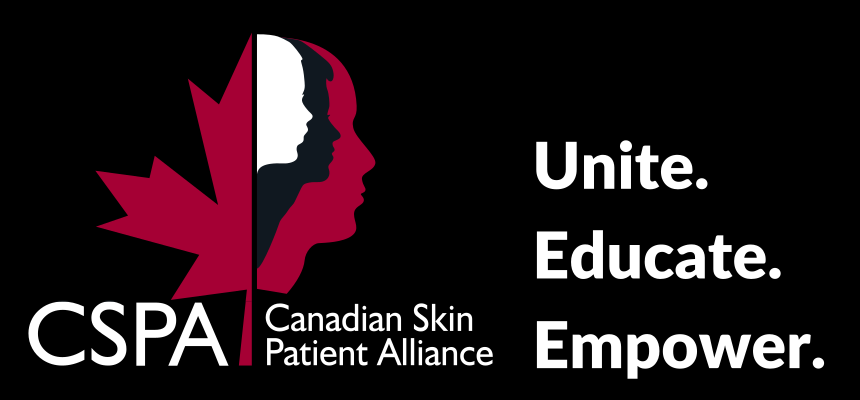Symptoms
One of the challenges in accurately describing CTCL is that it doesn’t look the same for every person. However, patches, plaques and tumours are the clinical names for the different symptoms:
- Patches are usually flat, possibly scaly and look like a rash. CTCL-MF patches are often mistaken for eczema, psoriasis or “non-specific” dermatitis until an exact diagnosis of CTCL-MF is made.
- Plaques are thicker, raised lesions.
- Tumours are raised bumps that may or may not ulcerate. Itching is common.
- It is possible to have one, two, or all three of these types of lesions. Again, the symptoms vary from person to person. Some people who have had the disease for many years only see one type of symptom.
The course of CTCL-MF is unpredictable. Some people with the condition will progress slowly, others rapidly or not at all. Most people will only experience skin symptoms without serious complications. About 10 per cent will experience disease symptoms that progress, with lymph node and/or internal involvement with serious complications. Many people live normal lives while they treat their disease, and some are able to remain in remission for long periods of time.











